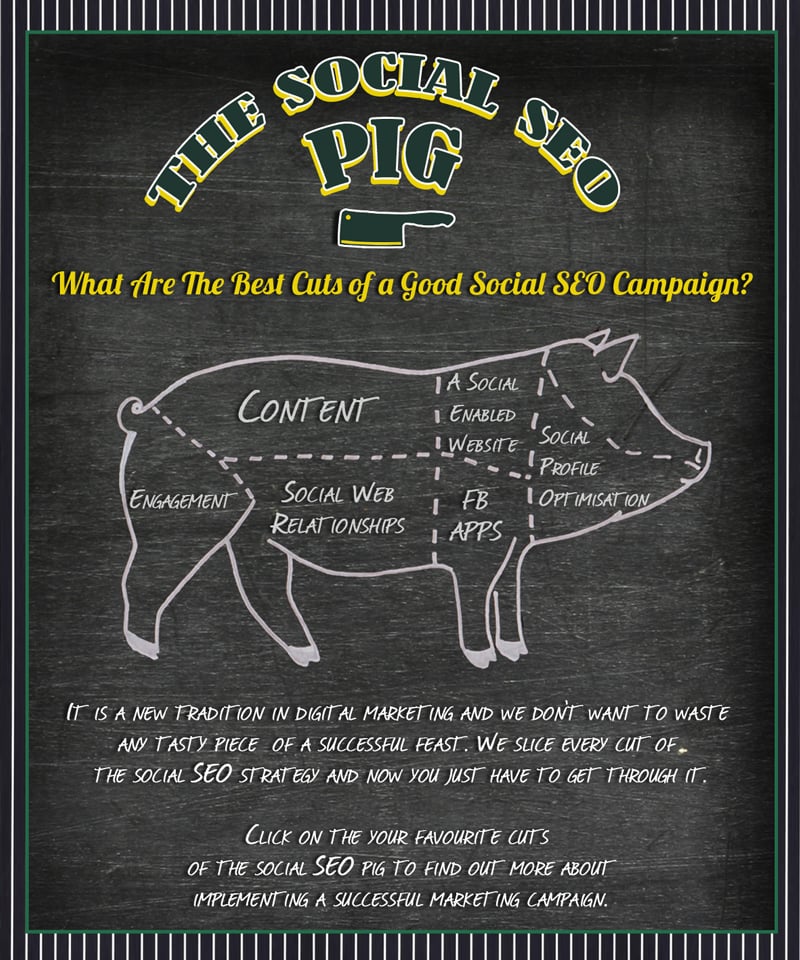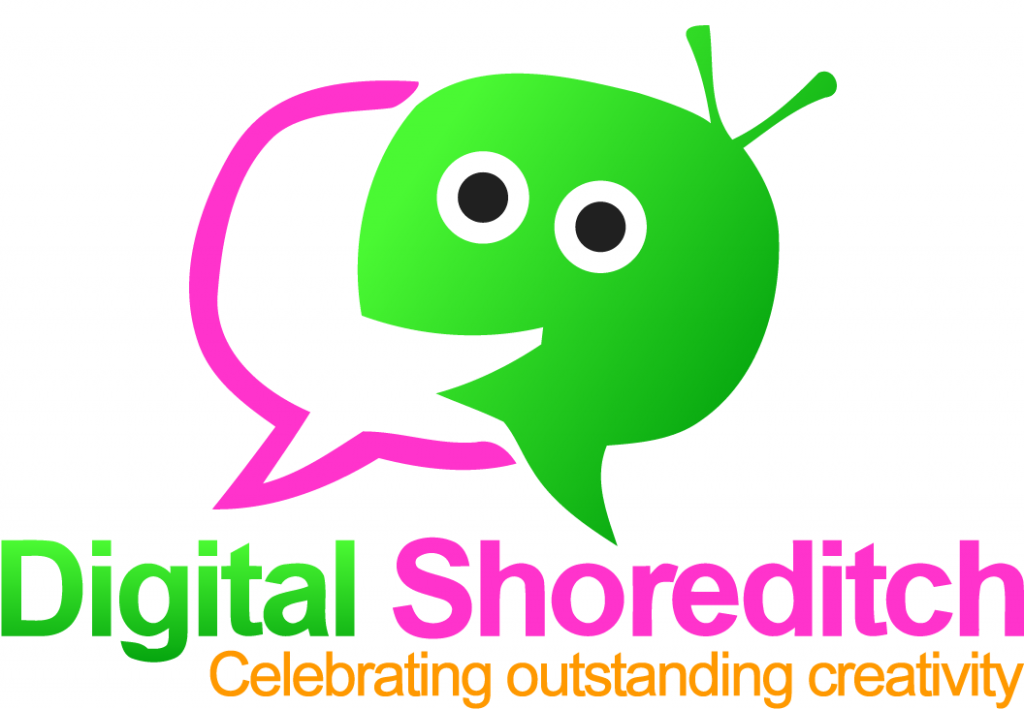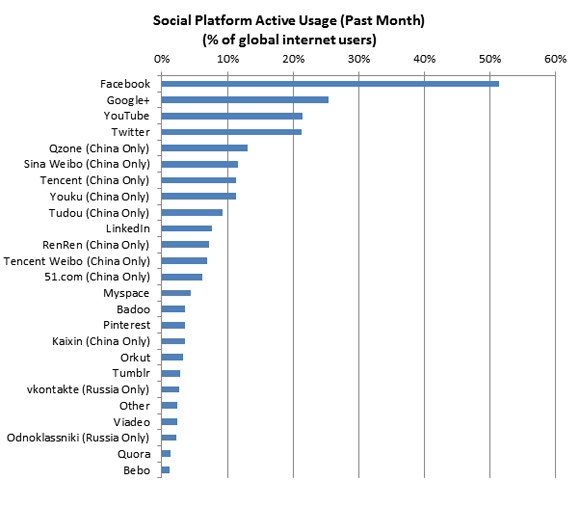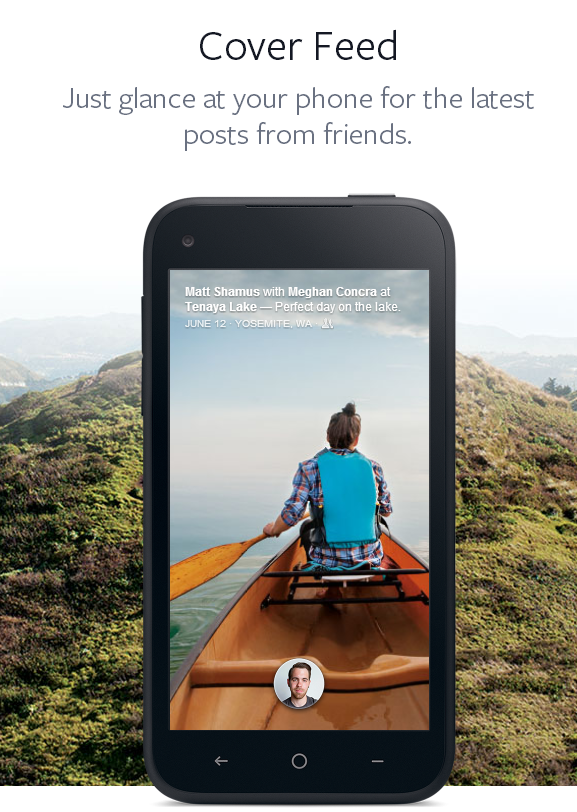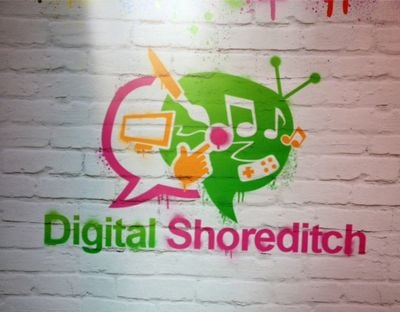‘Now why on earth would you bid on keywords which have nothing to do with Madame Tussauds?’ I hear you ask? Capitalising on current news stories, or terms that have gone viral, can be an excellent technique to boost the performance of your PPC campaigns, simply because of the high search volume factor. Instead of starting with the campaign creation, based around all keywords directly related to your product/service, you start the other way round, by incorporating highly searched keywords which are, in some way or another, related to your product/service. As the buzz builds around those search terms, you are likely to capture a high volume of traffic to your site, and potentially make your business grow.
Celebrity names are a favourite for PPC use, especially if they become associated with a certain product, but be careful. You take huge risks of a. attracting a high level of irrelevant traffic, which may not result in any conversions, and b. lowering the Quality Score so much that it affects the performance of your campaign. Here are a few tips:
– Use keywords which are related to your product/service somehow
– Avoid keywords which are focused solely on the trend/news story/celebrity
– Make reference to the trend/news story/celebrity in your ads (be careful when using trademarks and names)
– Set your campaigns live quickly before the hype fizzles out
– Check your search query data regularly and filter out all irrelevant terms by adding negative keywords
It is a gamble, yes, but as the saying goes: nothing ventured, nothing gained. Learn to keep an eye out for the best opportunities and jump swiftly on the bandwagon.
To find about more about using news stories in PPC:
http://www.ppchero.com/ppc-gone-viral-turn-a-big-news-story-into-ppc-success/
Liked this blog post? Why not Like us on Facebook too?
CONTENT
It is the hot topic of 2013 and we strive to see great examples around the web.
Content is part of SEO because it sends to Google fresh content signals and it attracts natural links.
On the other hand, it is part of a social strategy that engages the targeted audience in compelling topics. For the digital market, the content is in place for their SEO and social benefits but in particular to assist the customers in their purchase journey and engage them with the brand.
You will require a team with expertise in the industry and related online communities on the web. It can be cheap or expensive depending on the medium used and time spent working out ideas.
External resources:
http://econsultancy.com/uk/blog/61898-10-ways-to-create-a-great-content-campaign
http://www.seomoz.org/blog/how-to-build-and-operate-a-content-marketing-machine
ENGAGEMENT
According to Matt Cutts, head of webspam at Google, the search engine is considering social signals to understand the authority of a website. Moreover the personalised search means that the results are profoundly influenced by search behaviours and activities in your extensive social networks. For example, if one of your social connected friends express a judgement (“like”, “following” and “plus” buttons are considered so) on a brand this will in turn reflect on your results. This is possible because
Social SEO means not just producing tailored content for an audience targeting specific keywords, it means also engaging a community that can become loyal to your brand and influence their friends. “Liking” is a simple click but also a way to endorse your products in the same fashion is a good review, which is a marketing step to get the customer buying. In turn, you will have to do awesome things to get users sharing and communicating with you.
External resources:
http://www.searchenginejournal.com/3-steps-to-using-social-media-to-improve-your-seo/41672/
A SOCIAL ENABLED WEBSITE
Being social isn’t just managing social media accounts and seeing the traffic data being gathered by your Analytics package. The website need to be designed with all the characteristics to activate the social machine, in particular the following elements:
- Social buttons If the content that needs to be shared is to send signals to Google, social buttons are a vital part of the social SEO integration. You could also perform some A/B test to see how different social buttons perform when placed in different parts of the page. Don’t miss the SEO part of this and include easy to grab embedding code for every type of content. I don’t see how a blogger can’t republish your content in their blog if this is valuable.
- Social integration
Facebook has opened a particular section of the site for developers where it shows how web development can be integrated with their APIs. In particular look at the open graph and optimise how your website appears when shared on your brand ambassadors’ FB timelines. Social integration means also being able to see which of your friends already like the brand or are registering via the FB connect option.
APPS
If it is done right, a FB app can drive a consistent amount of traffic from FB to the website and amplify the messages. The Guardian reached a new record of unique visitors and page impressions for Guardian.co.uk in February, and the news organization attributes 30 percent of referral traffic to Facebook. That’s up from 2 percent only six months ago. The change is largely the result of a Facebook canvas application that lets users read Guardian stories and share them automatically via Ticker, Timeline and News Feed.
Not all types of business may benefit from such an expensive operation but by considering to create apps to drive traffic from FB to your site is a great solution to gather social data, engage users and drive traffic from social media profiles.
SOCIAL WEB RELATIONSHIPS
Social teams are collaborating with SEO ones to produce great content, identify and get in touch with influencers and share amazing pieces of content on the web. When doing outreach, the “link builder” taps into online communities and is related to the brand, offering amazing content to share. Social and SEO teams are learning from each of these processes and enhancing the results.
Moreover Google Plus Authorship makes registered journalists influencing the rankings in proportion to the authority of their publishers and circles. This means outreach teams will pitch G+ journalist and articles will be strongly connected to the publisher website.
The social team is now collaborating with the SEO team to produce and outreach to the community meaningful content that in turn will attract links. In fact, according to a study by Dan Zarrella of HubSpot, there’s a correlation between social shares and links.
External resources:
http://www.seomoz.org/blog/identifying-online-community
SOCIAL PROFILE OPTIMISATION
When beginning to use Social SEO make sure that you have registered all social profiles under your brand name. After this, optimise these profiles for a great user experience and SEO. Why did marketers start to talk about this in 2008 and why are brands still getting it wrong? The following are key parts for optimisation:
- Interlink all the social properties and the website (useful also for brand reputation)
- Include targeted keywords in the descriptions and notes
- Connect with relevant communities to your business
External resources:
http://www.seomoz.org/blog/7-key-ways-to-optimize-facebook-fan-page-seo
http://www.koozai.com/blog/search-marketing/optimising-your-google-plus-pages/
Following Google’s Search plus Your World update, natural search and social media have continued to integrate. Facebook and Twitter both appear in search listings and run internal search engines that pull up results from their networks and receive more searches than ever before – the question for marketing professionals is: how will your strategy be impacted and what should be done to accommodate social search into your online marketing strategy?
The GlobalWebIndex (GWI) indicates that the growth of Google+ shows “the immense opportunity of linking Google’s services through the G+ social layer” and says this is a key indication of why Google+ integrated with the Google product set is key to the future of search and the internet”.
What this means is that Google+ has become a very serious player in a short period of time. Google have been careful to link their social network to search listings ensuring that more and more people are considering it just for the purposes of enhancing SEO. At Tug we recommend business Google+ Pages as a natural integration with Google Maps, verifying your business page and ensuring a listings under Google Places.
This is Facebook’s first real move into the lucrative mobile market, recognising the huge volume of activity and traffic the network receives from mobile devices. Take a look for yourself in the link below:
As of the 31st July 2013 Google Reader will be retired having been a part of the Google suite of products since 2005. The Reader is a news aggregator relying on news syndication technology (RSS) to pull information from websites’ news feeds and is used by many thousands of websites who depend on the service to power their news. The reason behind the decision is that apparently usage has declined and that Google are focusing energy on fewer products.
This makes me sad….there goes my one stop digital news stand. I probably don’t use it as much as I did a few years ago but I still value the tool. However let’s be honest, the gap will soon be filled with start ups, and clear the way for clever products. Newsblur has been getting some good press recently.
There is already a petition under way on change.org amassing over 127,000 signatures to stop the wheels in motion, but for those wanting to export your data in advance you can use Google Takeout. Other closures announced included Google Voice App for Blackberry, Snapseed Desktop and Google Cloud Connect.
Larger Cover Photos
The cover photo of your Google+ Page now requires higher resolution image which sits across the top of the page. The profile image is smaller and condensed into a circle that is positioned on the right hand side. This gives the Page a more developed brand presence and allows room for a call to action as well as additional creative concepts. A tie-in that brings Google+ Pages closer to Facebook Pages.
Updated About Tab
People, stories, communities, contact information are all laid out in a graphically pleasing and easy-to-access manner.
Local Reviews Tabs
In addition to your photos, +1?s and YouTube videos, there’s now a place for all your Local reviews. You can highlight your favourite restaurants, or hide the tab completely via settings. This is only for personal pages, but may drive awareness of reviews and ratings for local businesses if users begin to leverage these highlighting features.
Tug are in the running to attend Digital Shoreditch Festival 2013 to discuss social search and stir up the debate. To vote for Tug to attend, please visit the event page on the Digital Shoreditch website.
Tumblr’s recent developments seem to be merely the sign of the times. Last year, it launched its advertising program – bringing to light the social networks’ current obsession with monetisation – and David Karp, its CEO, has predicted that, given the huge increase in mobile traffic this year, Tumblr’s mobile traffic will overtake its desktop traffic by late 2013 or early 2014. This echoes Mark Zuckerberg’s statement, back in September 2012, about Facebook allegedly becoming a primarily mobile social network. Zuckerberg claimed that, in the near future, more money could be made with mobile devices than with desktops.
If you have no intention to advertise on Tumblr, then this may not concern you, but you can walk away from this story with an important lesson: the more pressing needs for advertisers to incorporate mobile usage in their social media strategies, and adapt their strategies accordingly.


